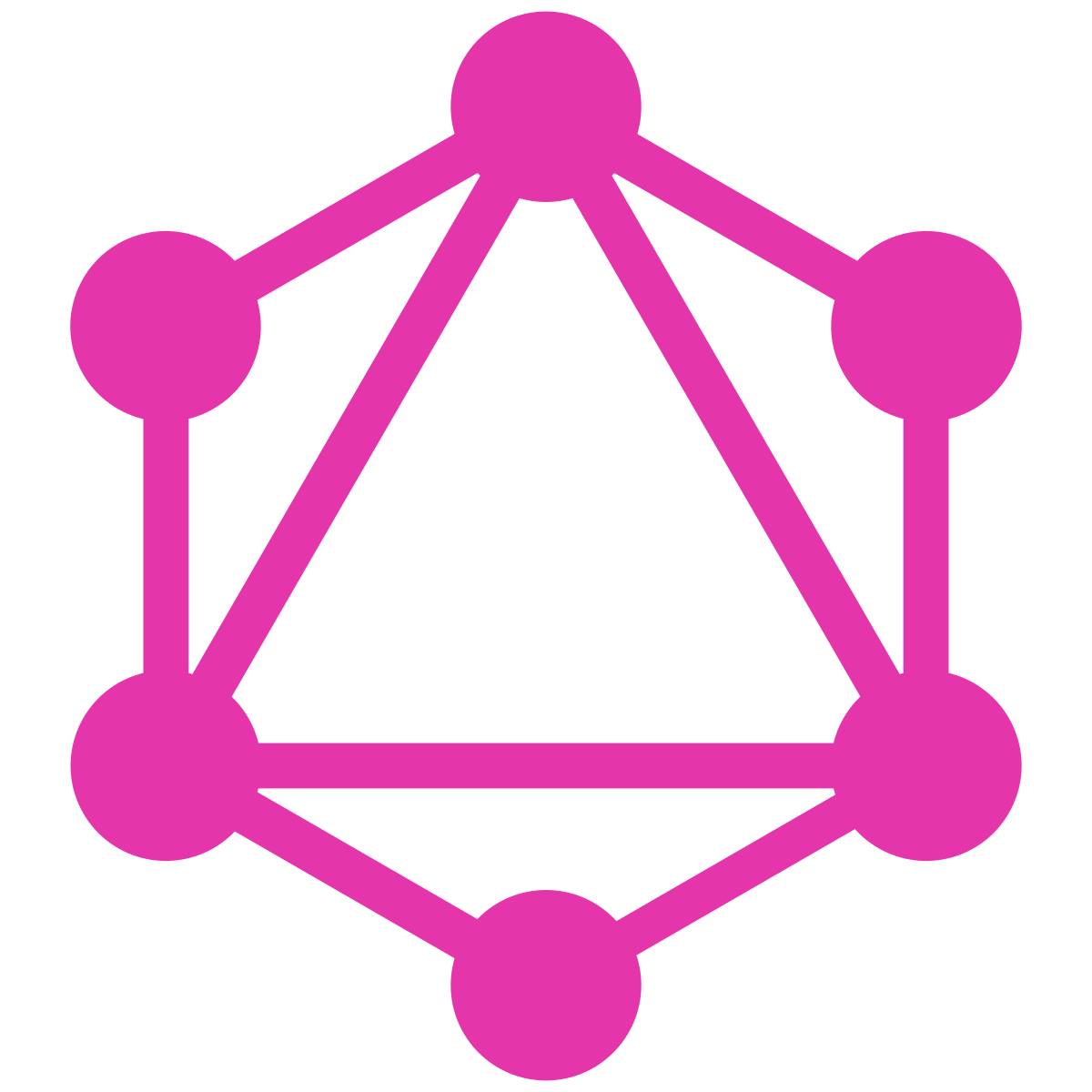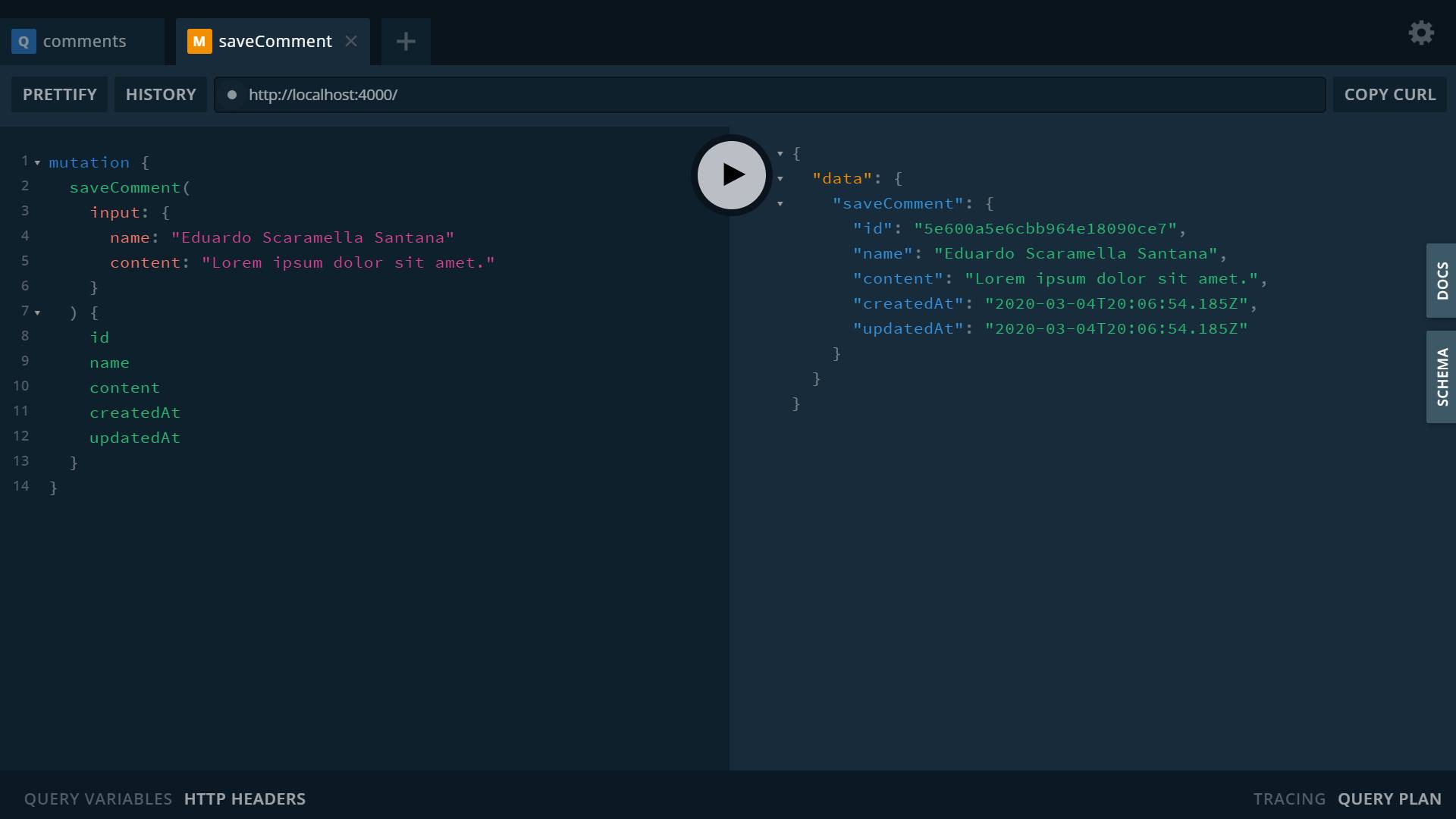This repository contains a simple comments timeline to study a little bit of GraphQL.
The main features are detailed below:
- Comments list
- Create comments
- Delete comments
Now let's take a look at the technologies used to develop the features mentioned above.
- GraphQL
- Apollo Server
- Docker
- MongoDB
- NPM / Yarn as package managers
- ReactJS
- GraphQL
- Apollo React Hooks
After cloning the repository, it is mandatory to install all the dependencies this software needs. You can choose your favorite package manager: Yarn or NPM. If you're a yarn user:
yarn installHowever, if NPM fits better for you just run the command:
npm installTo finish the setup, create a copy of .env.example file and rename it to .env. Choose a connection
string the MONGO_URL environment variable.
I strongly recommend using Docker to place your MongoDB database into a container.
First of all you need to keep the back-end alive. From the root directory, access the server-side folder running the command
cd server. Once you're on the correct path, run the back-end on port 4000:
yarn devIf you want to test your back-end, simply access http://localhost:4000 on your browser and use the Apollo Server Playground,
which is a tool provided by Apollo Server to send requests to your GraphQL API. Here we have an example:
Now move yourself to the front-end directory, running the command cd client. Then start your ReactJS app on port 3000:
yarn startIf you made this far, a new tab will be opened on your default browser. Below there's a preview of the ReactJS app ⚛


